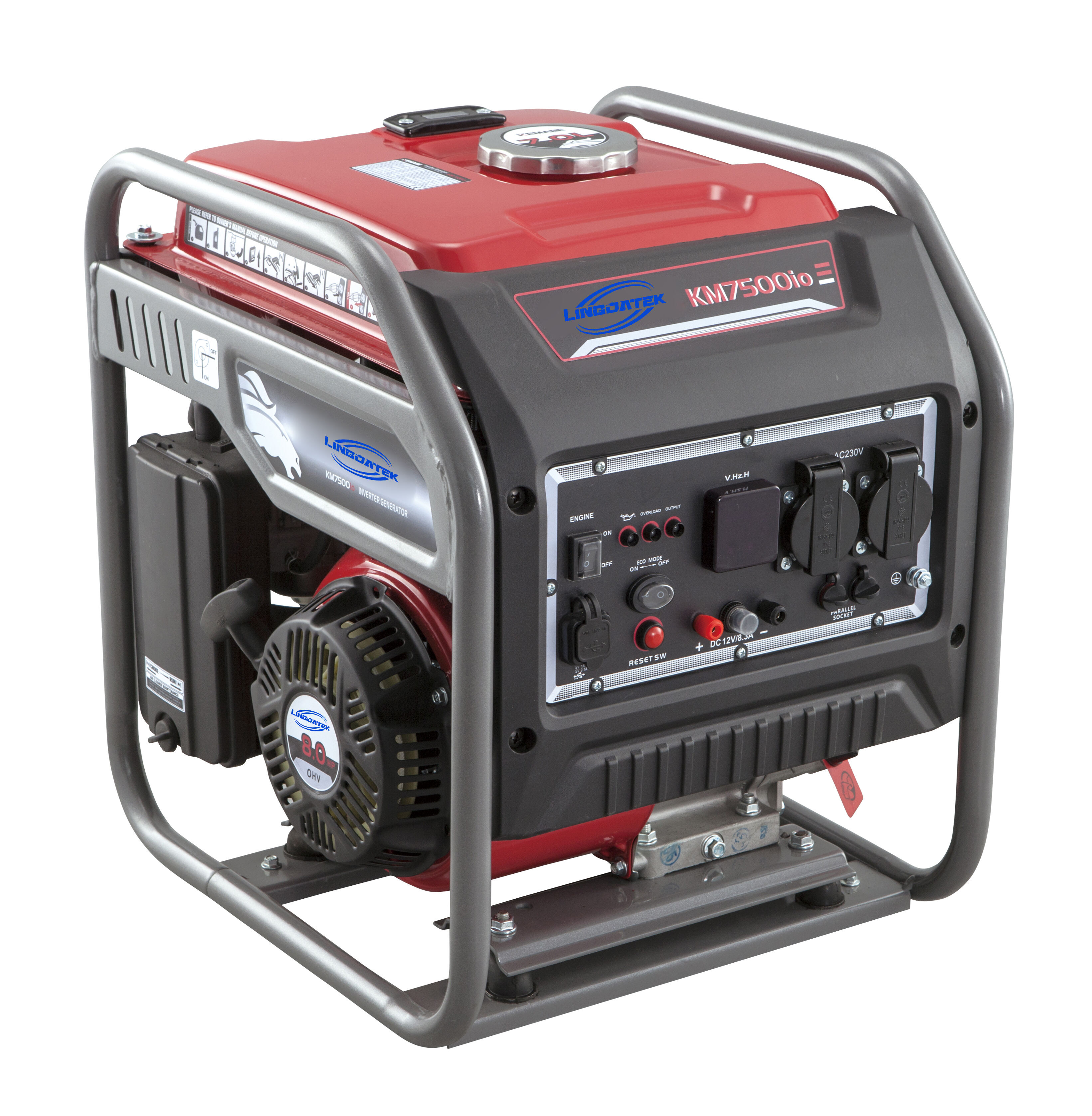china schroevendraaiers
Schroevendraaiers uit China vertegenwoordigen een omvattende reeks precisieinstrumenten die zijn vervaardigd met geavanceerde technieken en kwaliteitsmaterialen. Deze veelzijdige gereedschappen hebben ergonomisch ontworpen handvatten, gemaakt van duurzame materialen zoals TPR en PP, wat comfort biedt tijdens langdurig gebruik terwijl er een stevige greep wordt gegarandeerd. De schroevendraaier sets omvatten meestal verschillende kopptypen, waaronder Phillips, vlakke koppen en gespecialiseerde bits, waardoor ze geschikt zijn voor verschillende toepassingen in zowel professionele als DIY-contexten. De schachten van chroom-vanadiumstaal bieden uitzonderlijke duurzaamheid en weerstand tegen corrosie, terwijl de magnetische punten de efficiëntie verhogen door schroeven veilig vast te houden tijdens het gebruik. Veel modellen hebben precisie-bewerkte punten die een nauwkeurige pasvorm garanderen en cam-out minimaliseren, wat het risico op schade aan zowel de schroeven als het gereedschap zelf verminderd. Deze schroevendraaiers integreren vaak innovatieve functies zoals kleurcodering van de handvatten voor gemakkelijke identificatie, draaibare kapjes voor verbeterde controle en opslagoplossingen die de gereedschappen gerangschikt en makkelijk toegankelijk houden. Het productieproces volgt strikte kwaliteitscontrole normen, wat resulteert in gereedschappen die hun prestaties over lange perioden van gebruik behouden.


